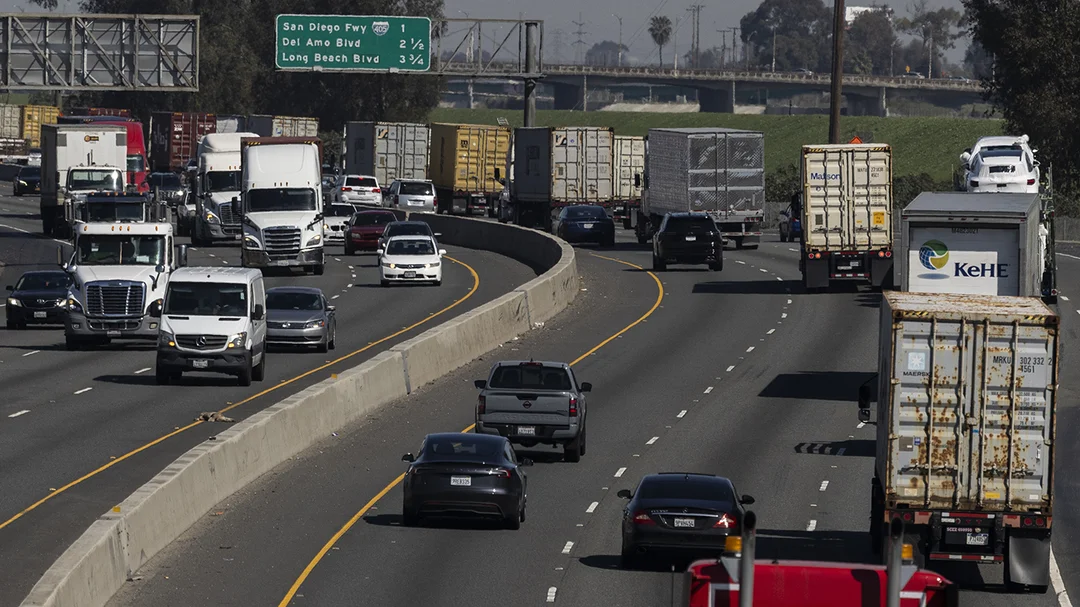
Could California’s Pump Prices Skyrocket Out of Reach? The Hidden Factors Behind a Fuel Crisis
In a state already renowned for its high living costs, California residents may soon face an even steeper challenge at the gas pump. With projections indicating a potential 75% surge in gasoline prices by 2026, the closure of major refineries is raising alarms about affordability and economic ripple effects. This development underscores broader issues in energy policy, environmental regulations, and supply chain vulnerabilities—matters that could reshape daily life for millions.
The story begins with the impending shutdown of two key refineries: Phillips 66 in Los Angeles, set to close by late 2025, and Valero in Benicia, expected to halt operations by April 2026. These facilities account for roughly 20% of California's local gas production, and their closure could drive prices from around $6.43 per gallon to as high as $8.43 per gallon, based on current crude oil prices. As highlighted in recent reports from the U.S. Energy Information Administration (EIA), California's unique market dynamics exacerbate this situation. The state imposes the highest taxes and fees in the nation—about $0.90 per gallon, including federal, state excise, sales, and underground storage taxes—while environmental mandates add another layer of expense.

Environmental compliance costs, such as those from the state's Cap-and-Trade Program and Low Carbon Fuel Standard, are estimated to add up to $0.54 per gallon. These regulations, designed to curb emissions and promote cleaner fuel, make it increasingly difficult for refineries to operate profitably. Critics argue that while these policies are vital for combating climate change, they inadvertently inflate consumer costs without adequate alternatives. For instance, the EIA notes that California's isolated petroleum market, lacking robust pipeline connections to other U.S. refining hubs, forces reliance on in-state production and costly imports from countries like India and South Korea.
Comparatively, the national average price per gallon is often more than a dollar lower, highlighting California's outlier status. This disparity isn't just about numbers; it affects everyday Californians. The refinery closures alone could lead to nearly 3,000 job losses statewide, considering the industry's job multiplier effect. Governor Gavin Newsom's recent signing of ABX2-1 aims to mitigate supply shortages by enhancing regulatory oversight of refiner inventories, but experts warn that such measures may not fully offset the volatility. As one analyst from Reuters pointed out, 'With refineries shutting down amid regulatory challenges, California's fuel supply is teetering on the edge, potentially leading to even sharper price spikes.'

In essence, this crisis reflects a delicate balance between environmental stewardship and economic practicality. As prices climb, the burden falls on drivers, businesses, and the broader economy, potentially influencing everything from commuting habits to inflation rates.
In conclusion, the potential 75% hike in California's gas prices by 2026 serves as a stark reminder of the interconnected challenges in energy, environment, and policy. What does this mean for the future of sustainable fuel in the Golden State? Will regulatory tweaks be enough to stabilize costs, or do we need a broader rethink? We invite readers to share your thoughts in the comments below—how has rising gas prices affected you, and what solutions do you propose?